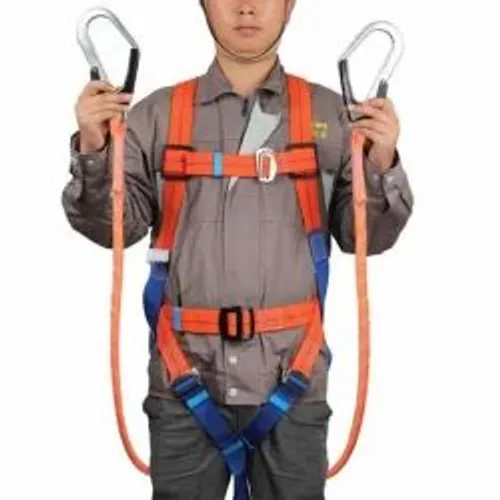The Essential Role of Safety Harnesses for Occupational Protection

Introduction
Safety harness are vital equipment designed to protect individuals working in hazardous environments, particularly at elevated heights. They play a crucial role in preventing injuries or fatalities by ensuring workers are securely tethered and at reduced risk of falling. Industries such as construction, mining, rock climbing, utility maintenance, and even rescue operations require such protective gear to comply with safety regulations and enhance workplace security. The introduction of safety harnesses has revolutionized workplace safety standards, fostering a culture where human life and well-being are paramount.
Types of Safety Harnesses
Safety harnesses come in various designs suited to different tasks and environments. A full-body harness is one of the most commonly used types, providing comprehensive support by distributing force across the shoulders, thighs, and pelvis. Chest and sit harnesses are also available for specific uses, like tightly confining a user during climbing or descending activities. Each design ensures that the wearer remains upright and supported during a fall, minimizing the chance of injury. Additional features in many harness systems include shock absorbers, lanyards, and connectors to enhance their protective capabilities.
Key Components of a Safety Harness
A standard safety harness typically consists of:
· Straps - Made from durable materials like nylon or polyester, these provide critical support and adjustability.
· D-rings - Metal attachments located at the front or back of the harness, enabling secure connection to anchor points.
· Buckle System and Adjusters - These allow for a snug, customized fit to accommodate users of various sizes.
· Lanyard and Lifelines - Provide flexible attachment to tether the user to an anchor system.
Every component works in unison to ensure wearers can perform their duties safely while remaining mobile.
Importance of Safety Harnesses in the Workplace
Safety harnesses serve as a lifeline in dangerous working conditions. They significantly reduce the likelihood of severe injuries caused by falls—one of the leading causes of fatalities in sectors like construction. In addition to offering physical protection, the use of safety harnesses instills confidence in workers, allowing them to focus on their tasks without constant fear of accidents. Adopting such measures often leads to increased productivity and morale, as workers feel their well-being is prioritized.
Standards and Proper Use
Safety harnesses must comply with industry standards such as those outlined by organizations like the Occupational Safety and Health Administration (OSHA). This ensures their design, quality, and durability meet rigorous safety benchmarks. Regular inspection and maintenance are equally important to identify signs of wear, tears, or damage that could compromise functionality. Training employees on how to properly wear and use their harnesses further guarantees their effectiveness in accident prevention.
FOR MORE DETILES:- https://aaasafedubai.com/
Conclusion
In conclusion, safety harnesses are indispensable for ensuring occupational safety in challenging work environments. By investing in high-quality harness systems and fostering a safety-first mindset, employers demonstrate a commitment to protecting their workforce. Proper usage, routine maintenance, and adherence to safety standards allow harnesses to save lives and minimize workplace mishaps. A safety harness is more than just equipment—it reflects a broader commitment to preserving the well-being of workers while enabling them to carry out their duties with confidence.



